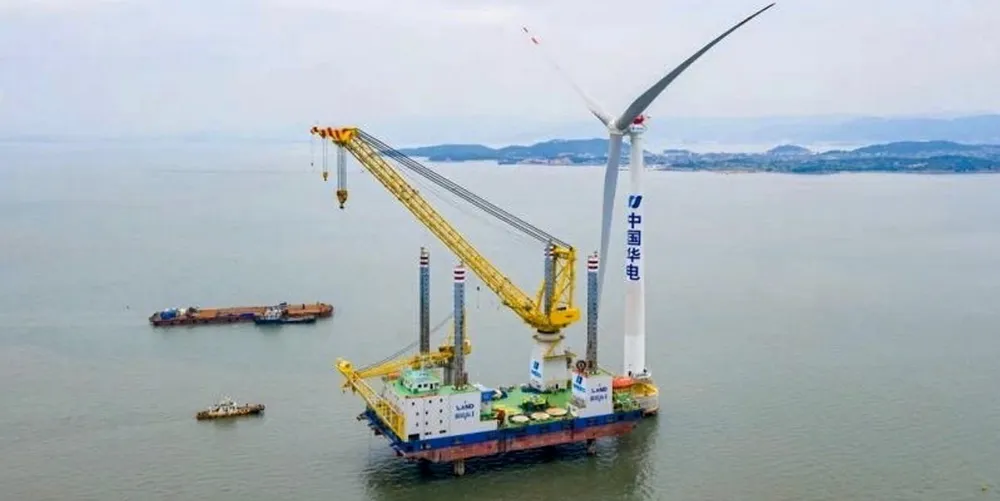Wind additions 'must quadruple' to meet net-zero despite near record 2021: GWEC
Global Wind Energy Council report shows that 93.6GW of wind power was added worldwide last year, but stresses the huge step-up in ambition needed to enhance energy security and drive climate action
